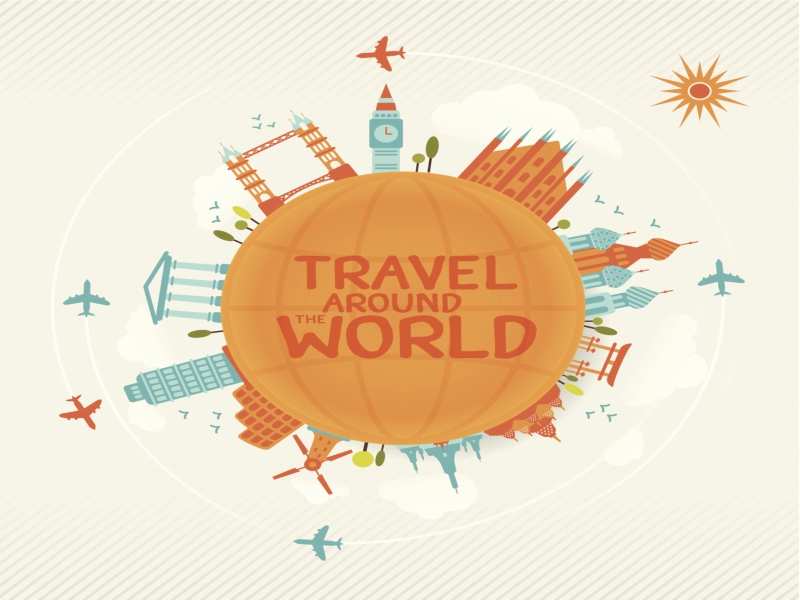
India’s $4segment is heating up. It’s simplifying the lives of Indian travelers through innovative travel planning, research and social products by offering them better options. These travel portals are now a one-stop-shop for all travel queries and bookings.
We spoke to Aloke Bajpai, CEO and Co-Founder of Ixigo to get an unbiased view at the online travel market in India.
1. How much of the Indian travel industry is currently online?
Around 10-12%. However, the penetration is higher in segments like flights (50%) and trains (38%). Hotels (7-8%) and Travel Packages (5%) follow. There is still a big upside of what can be transacted online.
2. How much of the Indian travel industry could be online by 2020?
Most studies concur that by 2020 close to 40% of all travel related transactions could be online. It could go as high as 50%.
3. What is driving growth in online travel today?
The current growth is driven by Tier II and Tier III cities. The activity is doubling every 6 months. Emerging markets like Surat, Bhopal and Patna are growing like never before.
While Tier I cities have reached a fairly good adoption rate, the current growth from these cities are primarily from cheaper $4.
4. What % of your traffic is from Tier II and Tier III cities?
Around two-thirds of Ixigo’s traffic is from Tier II and Tier III cities. 68% to be exact.
5. Is there anything more to the surge in rural traffic?
It’s the options online offers people. It’s the primary mode of long distance travel. In terms of budget $4, even in the Tier I cities, the demand is coming from Tier II and Tier III cities. These are people looking from Sub Rs. 1k $4. Today companies are considering adding more content suited for that consumer base.
However, when one considers segments like Flights, the traffic from Tier III cities are almost nil as the airports are in Tier I and II cities.
6. Is the idea of business travel dominating the travel segment a myth?
That’s a wrong reading of India’s leisure-heavy market. Small and mid-sized businessmen travel by Sleeper and 3AC in IRCTC trains. The mentality in India has been to save on the luxuries in life for the greater good of the family. In Tier II and Tier II cities that mentality is very strong. A lot of this demand is hard to distinguish as business travel. It’s not a business class flight ticket so you know the company’s paying for it. 80% of India’s businesses are self-owned family businesses and that shows up in leisure demand. These people are more frugal than leisure travelers. When one travels with their family they spend a little more on a good hotel. When alone they stay at the cheapest possible hotel.
7. Which segment drives the bulk of revenue for Ixigo?
Ours is not a plain travel site. It’s as much an information and planning website. For us engagement is as important a metric as consummating a transaction. The actual consummation happens in a third party website, so that’s just a part of the system. For us monetization is more centered on ad traffic. On the transactional side it’s quite evenly distributed.
8. Do newer segments have a chance of flourishing in India’s primarily conservative travel market?
Historically in India peer-to-peer segments like $4 and $4 the problem has been the trust issue. That’s exactly why organized car pooling has taken a while to pick up.
There are ways to solve this using the social graph and companies are working on them. As long as they can build a reliability and trust factor with rankings and reviews, the Indian traveler would feel safer and there would be scope for adoption. It’ll emerge as a more viable option from the price perspective, and Indians are price conscious.
